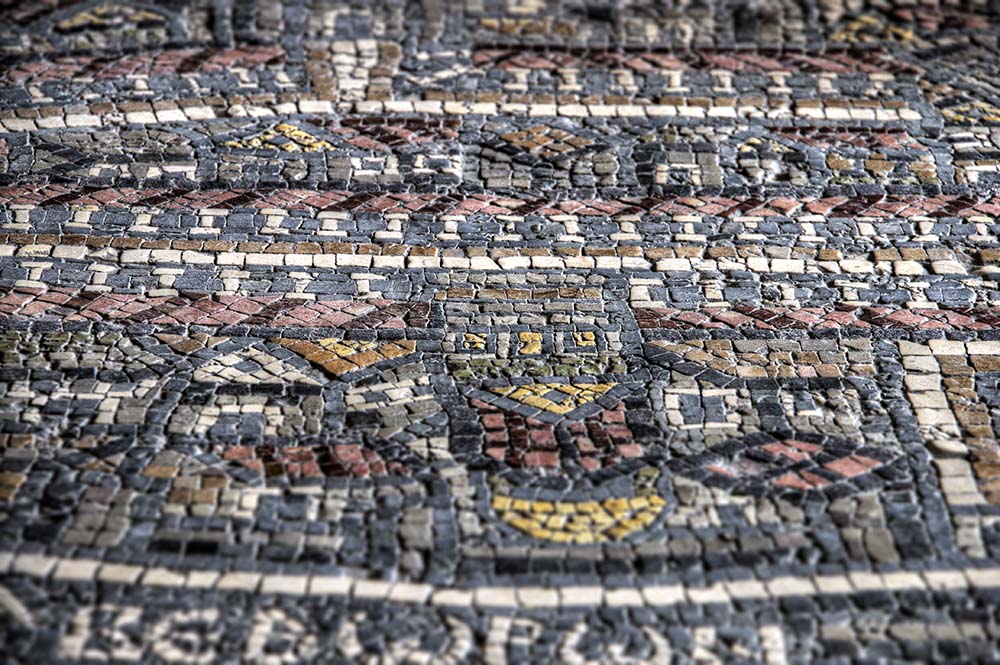Madaba (Arabic: مادبا, Hebrew: מידבא, Meydba), is the capital city of Madaba Governorate in central Jordan, which has a population of about 60,000. It is best known for its Byzantine and Umayyad mosaics, especially a large Byzantine-era mosaic map of The Holy Land. Madaba is located 30 kilometers south-west of the capital Amman.
Madaba has a very long history stretching from the Neolithic period. The town of Madaba was once aMoabite border city, mentioned in the Bible in Numbers 21:30 and Joshua 13:9. Madaba dates from the Middle Bronze Age.
During its rule by the Roman and Byzantine Empires from the 2nd to the 7th centuries, the city formed part of the Provincia Arabia set up by the Roman Emperor Trajan to replace the Nabataean kingdom of Petra. During the rule of the Islamic Umayyad Caliphate, it was part of the southern Jund Filastin.
The first witness of a Christian community in the city, with its own bishop, is found in the Acts of theCouncil of Chalcedon in 451, wherein Constantine, Metropolitan Archbishop of Bostra (the provincial capital) signed on behalf of Gaiano, “Bishop of the Medabeni.”
The resettlement of the city ruins by 90 Arab Christian families from Kerak, in the south, led by two Italian priests from the Latin Patriarchate of Jerusalem in 1880, saw the start of archaeological research. This in turn substantially supplemented the scant documentation available.
Source : Wikipedia
